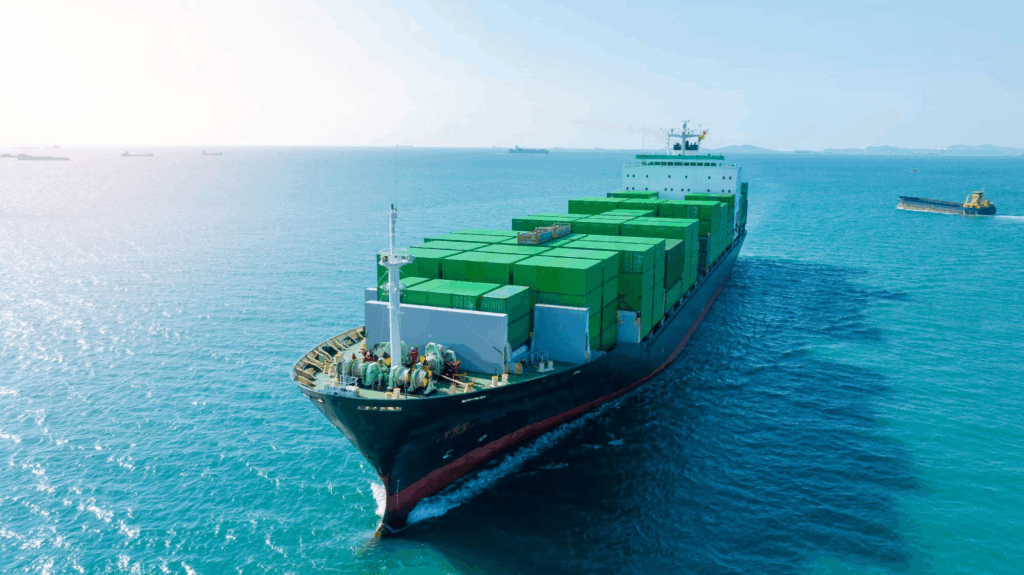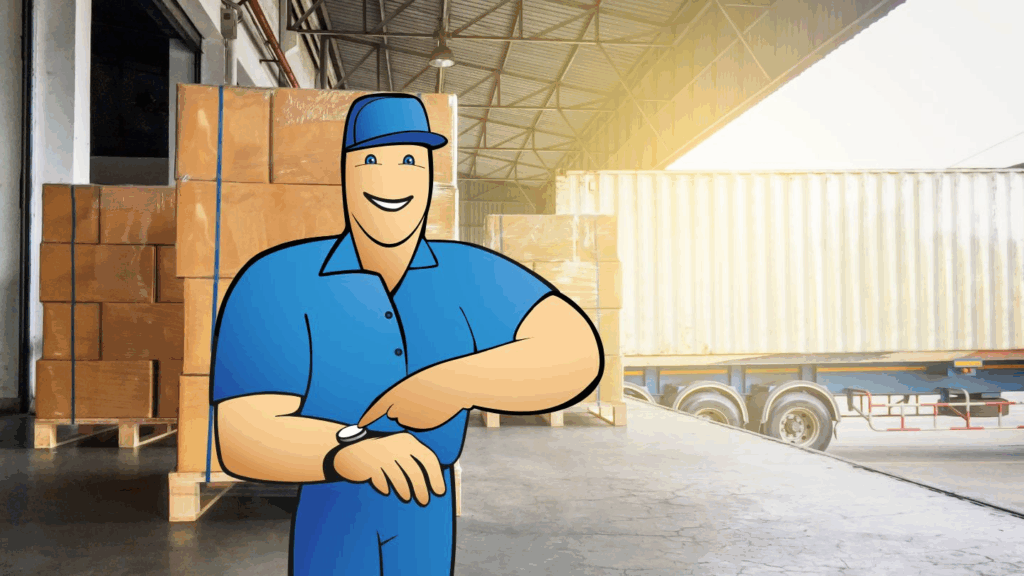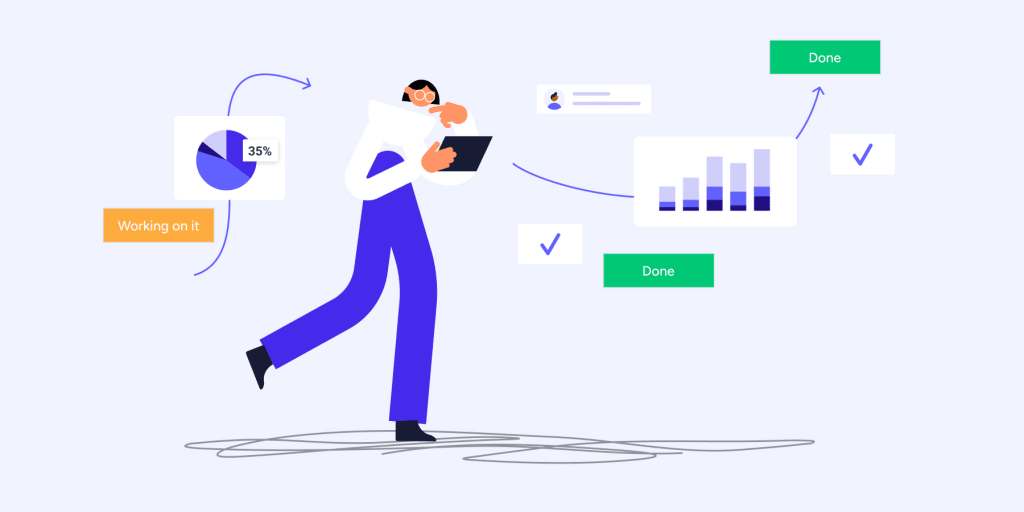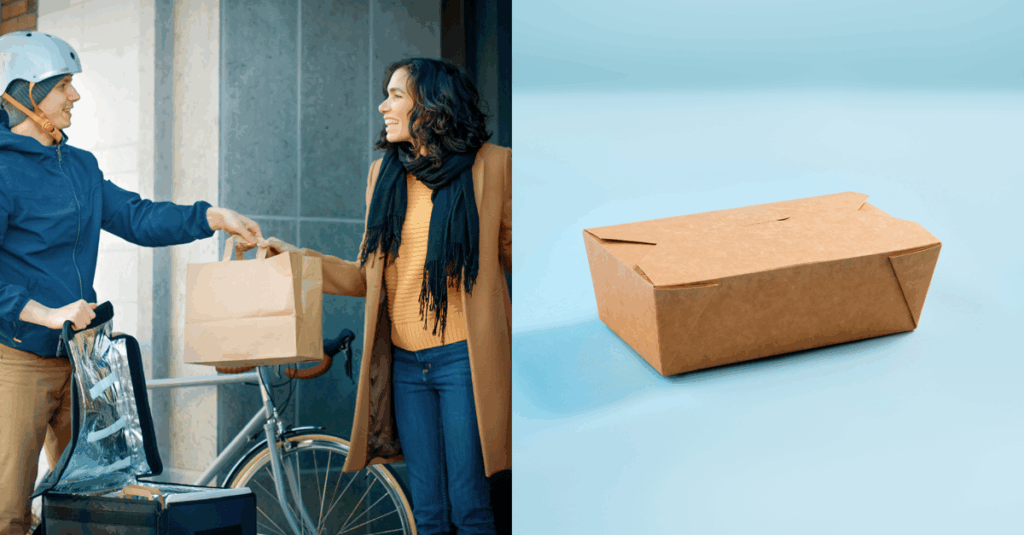Go Green: How a Global Logistics Track Platform Powers Sustainable Shipping
Sustainable shipping is more than switching to electric trucks or using recycled packaging. It is also about making smart decisions quickly, using clear data. A global logistics track platform gives you the visibility and tools to do that. It helps you cut waste, reduce emissions, and keep customers happy, all while keeping deliveries on time.

1. Make Emissions Visible – Make Emissions Visible with a Logistics Track Platform
The first step to greener shipping is to know your numbers. A tracking platform collects data from carriers, hubs, and last-mile partners. It can estimate the CO₂ emissions for each shipment based on distance, weight, and transport mode.
Once emissions are visible, you can:
- Compare routes by CO₂, not just price or speed
- Highlight high-emission lanes and switch to greener ones
- Share reports with your team to align goals
When the numbers are clear, cutting emissions becomes a daily habit.
2. Sustainable Shipping with Greener Routes and Modes
Choosing the right mode—road, rail, or air—can make a big difference. A track platform can apply rules to select the best option that balances delivery time, cost, and CO₂ output.
For example:
- If the rail meets the delivery date, switch from air to rail
- Avoid express tiers when they add emissions without a real benefit
- Use direct linehaul over multi-stop routes when greener
These choices run in the background, improving every shipment without extra manual work.
3. Reduce Empty Space in Shipments

Half-empty trucks and containers waste fuel. A tracking platform shows load factors and suggests consolidation when possible.
You can:
- Combine small orders going to the same area
- Use micro-hubs to group neighborhood deliveries
- Delay shipments by a few hours to fill trucks without breaking promises
Even small improvements here can save thousands of empty miles per month.
4. Prevent Failed Deliveries
Every failed delivery means more trips and more fuel burned. A global tracking platform uses live GPS, scan data, and traffic info to predict accurate arrival times. It can also send automatic updates to customers.
This means:
- Fewer missed deliveries
- Options for safe drop-off points
- Easy rescheduling when plans change
Better communication leads to fewer repeat trips.
5. Handle Exceptions Fast

Delays and route changes happen, but acting quickly can prevent waste. A tracking platform flags issues like customs holds, weather problems, or misrouted parcels.
With the right rules, you can:
- Reroute to the nearest green carrier when needed
- Redirect deliveries to local pickup points during disruptions
- Keep customers informed in real time
This keeps shipments on the most efficient path.
6. Use Packaging Data to Cut Waste
Oversized boxes waste truck space and increase emissions. The platform can show where packing is inefficient by linking order dimensions with tracking data.
You can:
- Use smaller cartons for certain products
- Track packaging changes to measure savings
- Balance product safety with material use
Better packaging means more shipments per truck and fewer resources used.
7. Offer Greener Delivery Choices

Customers are more open to eco-friendly shipping when they see the benefits. The tracking system can display “Eco Delivery” options with estimated CO₂ savings at checkout.
Examples:
- Set green delivery as the default when it meets the same date
- Show lockers or pickup points to reduce last-mile trips
- Reward eco choices with small perks or faster availability
When customers feel part of the mission, adoption rises.
8. Measure and Share Progress
To keep improving, you need regular reports. A track platform can measure:
- CO₂ per order
- Share of shipments using low-emission modes
- Failed delivery rates
- Packaging efficiency
Sharing these numbers builds accountability and shows real progress toward sustainability goals.
Final Takeaway
Going green in shipping is not one big change—it’s many small, smart changes made possible by better data. A global logistics track platform gives you the tools to make those changes every day. From choosing greener routes to reducing failed deliveries and cutting packaging waste, each step lowers emissions and improves efficiency.
With the right platform, sustainable shipping becomes part of your operation—not an extra project. Over time, this means less environmental impact, lower costs, and a stronger relationship with customers who value responsible delivery.
Industry Insights
news via inbox
Nulla turp dis cursus. Integer liberos euismod pretium faucibua








